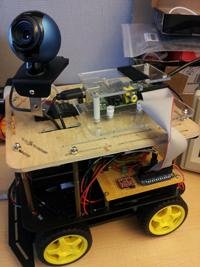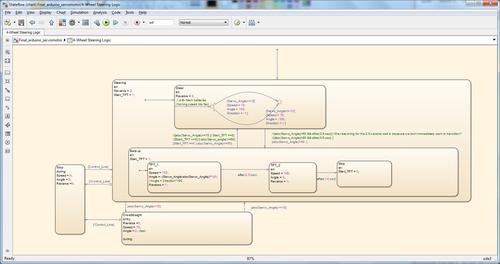Every hardware hobbyist has experienced that painful moment when you smell smoke and discover that it's coming from your hardware project. It's a rite of passage. Wouldn't it be nice if you could test your hardware before burning it? At the Open Hardware Summit, held in Boston recently, I saw that MathWorks' Simulink offers an appealing alternative that allows you to debug your model (embedded software) before deploying it onto hardware.

If you are a hardware hobbyist like I am, you probably enjoy designing and building systems rather than wrestling with code issues. Simulink makes this possible with its graphical modeling environment and automatic code generation capabilities. From an educator’s perspective, Simulink offers a way to ease the learning curve for programming languages. Also, portability of your design to another hardware platform becomes easier than having to move your C-code to another development environment. I watched the program get worked on at summit — it looked so easy.
However, let’s dig a little deeper into the demo to understand how this is possible. Here’s a snapshot of the Simulink model deployed on the Raspberry Pi. This block diagram matches the mental model of a hardware hobbyist way more than C code does:

For more detail: Simulink Offers Easy, Graphical Programming for Raspberry Pi & Arduino

